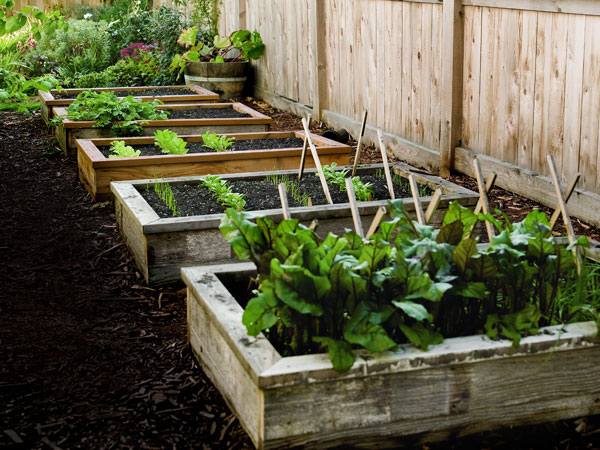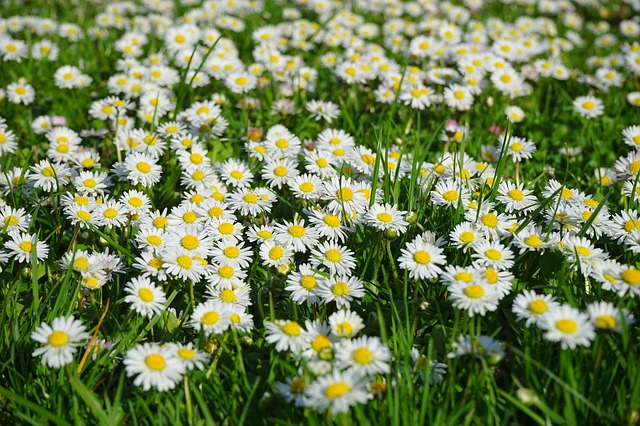
5 Interesting Types of Gardens to Build
Do you want to have a garden on your own, where you can spend your summer days and nights, enjoying the free time and the great view? Most people would love that. And some even like gardening as a hobby. I personally loved designing my garden, not that it took much thought, but it was nice to plant the plants and watch them grow every day. But lately, I started wondering if I could do something more to make my garden more unique and interesting. After some research, I found out about some very interesting types of gardens, which will amaze you.
Container gardens. Nowadays gardening has been brought to a whole new level. Today people can grow plants in practically everything – wheelbarrows, old tires, buckets and practically everything else you can think of. Once I even saw a garden, where the gardener had planted flowers in a toilet bowl! Yes, a toilet bowl. I guess this century is the time to experiment and try to get out of the borders of our own minds. And there is nothing wrong about it, it’s even fun and entertaining. There’s nothing forbidden in this kind of art. You can practically plant everything everywhere and it will still look interesting and pretty. The weirder, the better.

Raised gardens. The original idea of raised garden beds comes from people, whose gardens have bad soil, which is not good for planting things in it. Therefore, they construct raised garden beds, which they fill with the soil from the store, and plant their plants there. But nowadays more and more people prefer the way the raised gardens look because it’s new and interesting. It’s also a great way to mix things up and make things in your garden more interesting and eye-catching. The raised gardens require a lot more structure and effort than the regular gardens, but it’s worth the trouble. And just like with the container gardens, you can stretch your imagination a lot!
Japanese gardens. The Japanese gardens are quite different than the ordinary ones we know and see every day. Practically, they can contain the same plants as the regular gardens, but the way space is arranged is the reason it’s called a “Japanese garden”. You see, for the great people from Japan, gardening is not so much a way to calm your nerves or grow food, but it’s an art. They arrange the different plants by colour and form, they add small lakes and bridges, they arrange stones in different shapes, and they obey the different rules of feng shui about the location and position of the different items. It’s a lot of work, but I’ve heard it’s very rewarding to see the results of your persistence, and as I know designing a Japanese garden is something every experienced gardener would like to do.

Upside-down gardens. This may sound completely insane to you, but the upside-down gardens are real and even more – completely rare and unique. Some of you may think, that planting and raising things upside down can’t be healthy for the plants themselves, but latest research shows, that some vegetables, like tomatoes and cucumbers, for instance, grow a lot better when they are upside down. And this looks quite original and interesting. To have a garden like this, you only need some ropes, barrows, some soil, something to make holes in the bottom of the barrows and your plants. It’s quite easy and entertaining.

Leftover gardens. I think this type of gardens just speaks for itself. The leftover gardens are quite rare because not many people would decide to do something like this, but they are a very original idea, which can turn out to be quite interesting. The leftover gardens are a place, where you can plant everything, for which you don’t have a place for in your vegetable or flower garden. Most people think it would be useless to even try it, but those who do are very satisfied with the results. It’s proof that even useless and unneeded plants can be beautiful and unique.
- Five Changes to Apply to Your House Before Selling It - June 28, 2022
- How to clean and organise your summer house - January 27, 2022
- How Often Should Pest Control Visit Your Home? - January 13, 2022






